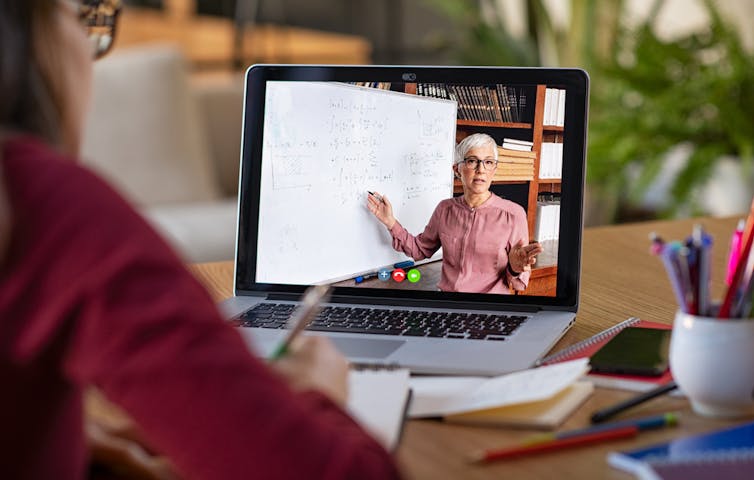I am excited to share a new paper with you. I’m excited because it draws together themes from work Shandell Houlden and I have been doing over the last year and which now seems increasingly important. I’m also excited because the paper is part of a special issue of Postdigital Science and Education, which the Editor reports including “more than 50 articles, authored by nearly 200 people from more than 30 countries and all continents.” I’ve been reading many of these – they are currently posted here as Online First but should appear in an issue soon.
I thought I’d share a couple of snippets here, but I’d love to hear your feedback on this work. The paper is available as Open Access here: Radical Flexibility and Relationality as Responses to Education in Times of Crisis.
Our abstract summarizes the main ideas well:
As educational institutions negotiate numerous challenges resulting from the current pandemic, many are beginning to wonder what the future of education may look like. We contribute to this conversation by arguing for flexible education and considering how it can support better—more equitable, just, accessible, empowering, imaginative—educational futures. At a time of historical disorder and uncertainty, we argue that what we need is a sort of radical flexibility as a way to create life-sustaining education, not just for some, but for all, and not just for now, but far into the future. We argue that such an approach is relational, and centers justice and trust. Furthermore, we note that radical flexibility is systemic and hopeful, and requires wide-ranging changes in practices in addition to the application of new technologies.
We end the paper with this:
Solnit (2020) urges us to remember that ‘[o]rdinary life before the pandemic was already a catastrophe of desperation and exclusion for too many human beings, an environmental and climate catastrophe, an obscenity of inequality’, and this was in many ways as true in the halls of education as anywhere else. But she further reminds us that hope ‘offers us clarity that, amid the uncertainty ahead, there will be conflicts worth joining and the possibility of winning some of them’. If, out of this struggle, we ground our hope in attention to the relational nature of the many worlds in which we all live together, then perhaps we can achieve the radical flexibility truly liberatory education deserves.
Veletsianos, G., & Houlden, S. (2020). Radical Flexibility and Relationality as Responses to Education in Times of Crisis. Postdigital Science and Education, 2(3), 849-862. https://doi.org/10.1007/s42438-020-00196-3



